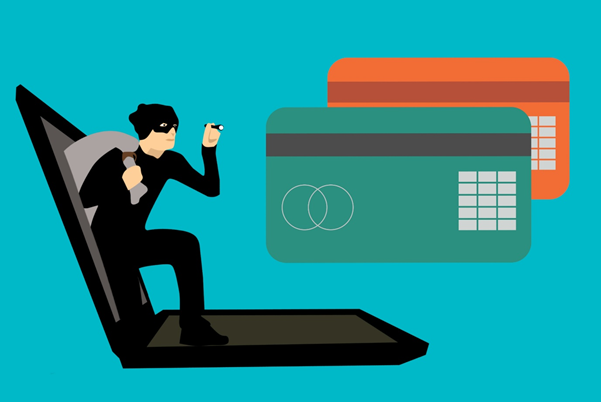In today’s digital age, credit cards have transformed the way we transact, offering unparalleled convenience and a slew of benefits. However, with the ease of swipe-n-pay comes the risk of potential fraud and theft. Secure your credit card from unauthorized use is paramount to ensuring your financial security. This blog post delves into essential strategies for blocking your credit card to prevent misuse, alongside practical tips to safeguard against fraud.
Immediate Actions: Blocking Your Lost or Stolen Credit Card
Discovering that your credit card is missing or observing unauthorized transactions on your statement can be alarming. Prompt action is crucial to prevent further misuse:
Call the Customer Care Helpline
The first line of defense is to call your credit card issuer’s 24×7 customer care number. Upon verifying your identity, the executive will immediately block your card and initiate the process for a replacement.
Send an SMS
Use your registered phone number to send a predefined code sequence to your lender’s dedicated number for a quick response. This SMS facility ensures immediate action.
Use the Mobile App
Navigate to the ‘credit cards’ section within your bank or lender’s app. Choose the compromised card and select ‘Controls’, followed by ‘Block and Replace the Card’ to secure your account.
Log into the Net banking Portal
Access your net banking account and head to the ‘credit card’ section to find and select the ‘block the credit card’ option, safeguarding your finances with a few clicks.
Visit the Closest Branch Office
With internet access, visit your nearest bank branch or lender office to submit a request for card blockage, ensuring you’re protected.
Proactive Measures to Prevent Unauthorized Credit Card Use
Beyond reactive measures, adopting proactive strategies can significantly reduce the risk of credit card fraud:
PIN Safety: Never share your credit card PIN, and ensure it’s complex enough to deter guesswork.
Online Security: Avoid saving your credit card information in browsers and use only secure networks for transactions.
Antivirus Protection: Install reputable antivirus software to fend off malware attacks.
Secure Transactions: Opt for secured websites when making online purchases.
Regular Monitoring: Scrutinize your monthly statements for any signs of unauthorized transactions.
PIN Variation: Avoid using the same PIN across different cards for an added layer of security.
Setting Transaction Limits: Most banks and credit card issuers allow you to set a limit for individual transactions. This feature enables you to cap the maximum amount that can be charged in a single transaction, reducing the impact of unauthorized use. For instance, setting a limit that reflects your typical spending pattern can flag or block huge purchases, prompting verification.
Managing Contactless Payment Features: With the rise of contactless payments, the convenience of tap-to-pay can also pose a security risk if your card is lost or stolen. Fortunately, you can manage this feature through your bank’s mobile app or net banking portal, temporarily disabling the contactless function when not needed or in the event your card is compromised.
Controlling International Transactions: International transactions can be particularly susceptible to fraud due to varying levels of security protocols across countries. You can protect yourself by disabling international transactions through your credit card’s mobile app or Internet banking service. This feature can be switched on temporarily when you travel abroad or make an international purchase, and turned off again immediately after.
Cash Withdrawal and Domestic Transaction Settings: Limiting cash withdrawals and domestic transactions can further secure your credit card. Some issuers allow you to disable cash advances entirely, a feature that can be useful if you rarely or never need cash from your credit card. Similarly, you can set limits on domestic transactions to match your usual spending habits, offering an additional layer of security.
Examples of Credit Cards with Insurance Coverage:
Premium cards from major issuers like HDFC, ICICI, and IDFC often come with higher insurance coverage against fraud and theft.
Credit Card Insurance Coverage: Many credit cards come with built-in insurance policies that offer protection against fraud, theft, and unauthorized transactions. The coverage amount can vary significantly between cards. For example, some premium credit cards offer substantial insurance coverage, up to 1 lakh or more, safeguarding you against financial losses due to fraud. Before choosing a credit card, it’s wise to compare the insurance benefits, opting for a card that provides adequate coverage based on your needs and spending patterns.
The importance of securing your credit card cannot be overstated. You can safeguard your financial well-being by taking immediate action to block a compromised card and adhering to proactive security measures. Remember, the convenience of credit cards comes with the responsibility of vigilance.
Choose a card with bigger insurance coverage against theft etc.
Learn more about credit cards.

